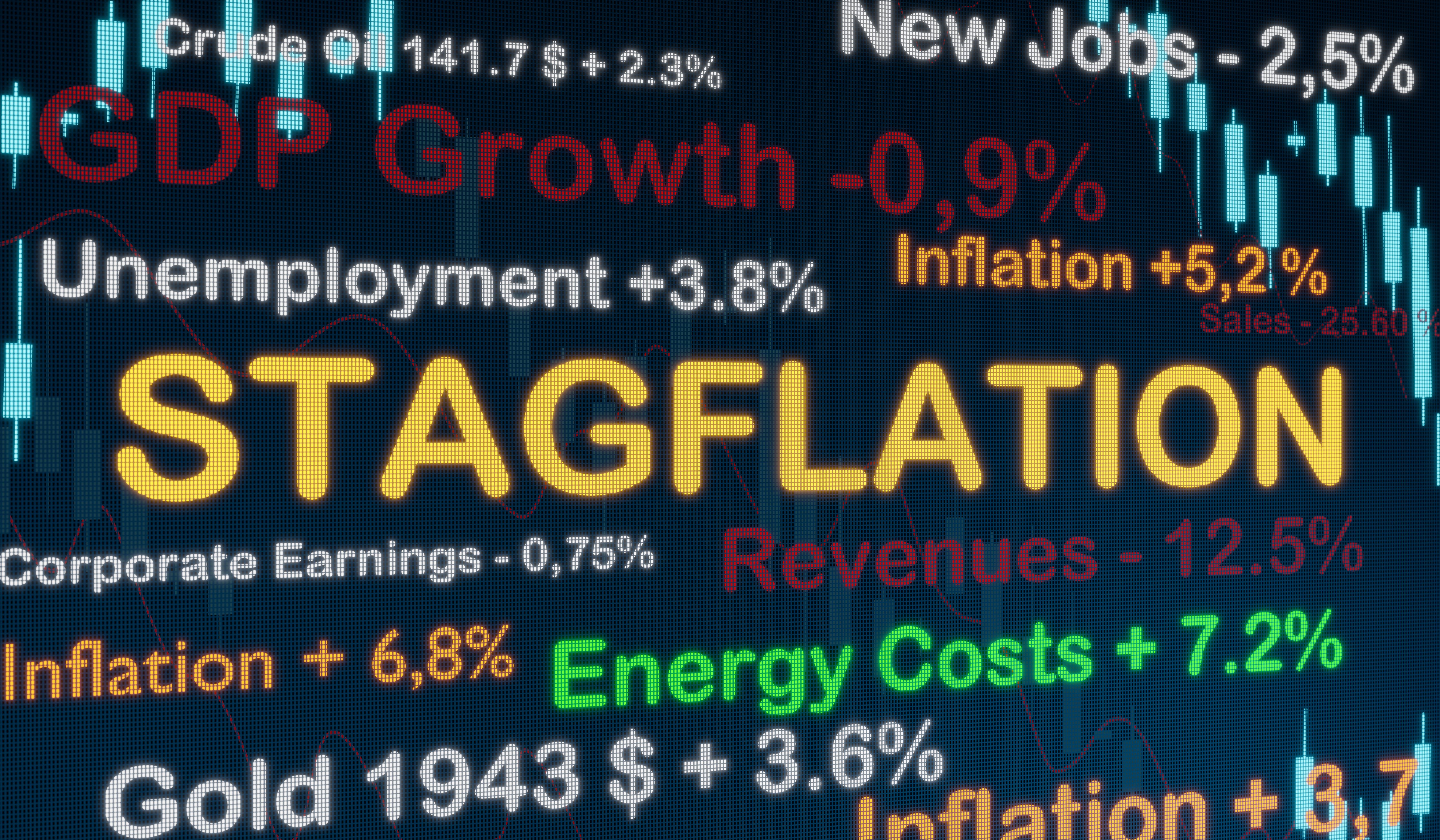Understanding Stagflation and Its Impact on the Stock Market
Understanding Stagflation
Stagflation is a unique economic condition characterized by slow economic growth, high unemployment, and rising inflation. This seemingly paradoxical situation poses a significant challenge for policymakers and investors alike, as traditional tools to combat inflation or unemployment often cannot be applied simultaneously.
The term "stagflation" was first coined in the 1970s when economies around the world experienced these conditions. Typically, economists expect inflation to rise when the economy is growing and to fall during a recession. However, stagflation defies this norm by combining stagnant economic growth with inflationary pressures.

Causes of Stagflation
Understanding the causes of stagflation can help in devising strategies to mitigate its effects. Several factors can contribute to this phenomenon:
- Supply Shocks: Disruptions in the supply chain, such as a sudden increase in oil prices, can lead to higher production costs, driving up prices while slowing economic growth.
- Monetary Policy: Poor monetary policy decisions, like excessive money supply growth, can lead to inflation without corresponding economic growth.
- Regulatory Policies: Overregulation or inefficient regulatory frameworks can stifle economic activity while allowing inflation to rise.
Each of these causes requires careful analysis and targeted interventions to avoid exacerbating the problem.
Impact on the Stock Market
The stock market is not immune to the effects of stagflation. Investors often face increased volatility and uncertainty, leading to potential shifts in market behavior. During stagflation, traditional stock valuation models may no longer apply as companies struggle with rising costs and stagnant demand.

How Investors Can Respond
Investors need to adapt their strategies to navigate the challenges posed by stagflation. Here are some approaches to consider:
- Diversification: Spreading investments across various asset classes can help mitigate risks associated with a volatile stock market.
- Focus on Defensive Stocks: Companies in sectors like healthcare and utilities often experience stable demand, even during economic downturns.
- Inflation-Protected Securities: Investing in assets like Treasury Inflation-Protected Securities (TIPS) can provide a hedge against rising inflation.
These strategies can help investors protect their portfolios from the adverse effects of stagflation while seeking opportunities for growth.
Long-Term Economic Implications
The long-term implications of stagflation can be profound. If not addressed promptly, it can erode purchasing power, reduce consumer confidence, and create persistent economic stagnation. Policymakers must strike a delicate balance between controlling inflation and fostering economic growth to prevent prolonged economic malaise.

Conclusion
Stagflation presents a complex challenge for both policymakers and investors. Understanding its causes and impacts on the stock market is crucial for developing effective strategies to navigate this economic environment. By staying informed and adapting investment strategies, individuals and institutions can better manage the risks associated with stagflation while seeking opportunities for growth.
The road ahead may be uncertain, but with careful planning and strategic decision-making, it is possible to weather the storm of stagflation successfully.
